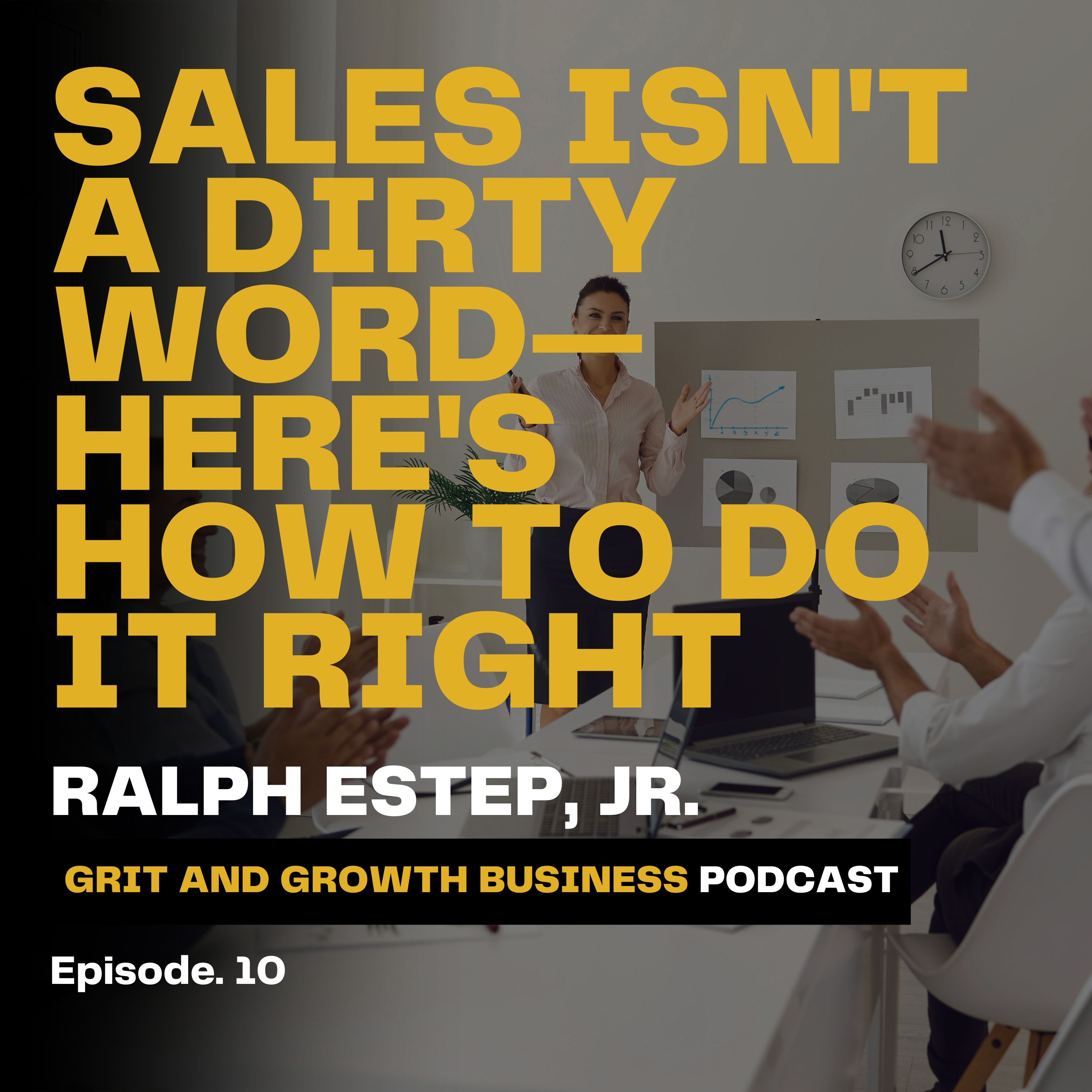Sales Isn't a Dirty Word: Here's How to Embrace It and Grow Your Business

Introduction
You're a builder, creator, and problem solver, exceptional at what you do. But when it comes to sales, does it make you cringe? You're not alone. Many professionals view sales as pushy and manipulative, which can hinder your business growth. Today, let's redefine sales and explore how embracing it can lead to incredible growth-because maybe we've been getting the sales dirty word right all along.
Why Sales Isn't a Dirty Word
Many service-oriented professionals view sales negatively, associating it with slick talkers and pushy tactics. This stigma leads to avoidance, missed opportunities, and ultimately, stagnant business growth. The truth is, sales is the lifeblood of your business. It's not just about closing deals; it’s about being genuinely helpful and guiding potential clients towards solutions that improve their lives or businesses.
Common Sales Anxieties
- **Fear of Rejection**: No one likes to hear "no." This fear might make you avoid conversations that could lead to new opportunities, ultimately starving your business long-term.
- **Stereotypes of Pushiness**: The association of sales with negativity can prevent you from showcasing enthusiasm for your craft, costing you potential clients.
- **Lack of a Clear Process**: Without a defined sales process, leads fall through the cracks, leading to unpredictable revenue streams.
- **Undervaluing Worth**: Many professionals underprice their services, not confident in their value or pricing, which affects profitability and stability.
Transforming Fear into Strength
These fears can be turned into strengths by embracing sales as a problem-solving service. Shift your mindset from manipulation to genuinely understanding and addressing client needs. When you align sales with service, discomfort fades, making room for impactful connections.
Actionable Steps to Embrace Sales
- **Mindset Shift**: Reframe sales as solving problems, not selling products. You’re helping clients, not convincing them.
- **Understand Client Pain**: Before offering solutions, engage and listen to understand the specific pain points your client faces.
- **Create a Sales Roadmap**: Develop a simple, repeatable process from initial contact to closing the sale to ensure consistency and reliability.
- **Speak Their Language**: Articulate the value of your service in terms that resonate with the client’s desires and pain points.
- **Embrace Follow-Up**: Be diligent with follow-ups to clarify doubts and ensure the client has all necessary information to make a decision.
Conclusion
Sales is crucial for connecting your unique solutions to those who need them most. By viewing sales as an honorable act of service, you unlock both business growth and client empowerment. Don't let fears or stereotypes hold you back. Instead, embrace sales with confidence and watch your revenue grow.
Call to Action
For further guidance, download our free action plan sheet titled "Sales Isn't a Dirty Word: Here's How to Do It Right" at [gritandgrowthbusiness.com/action](http://gritandgrowthbusiness.com/action). Transform your approach today and see how your business can thrive. Stay tuned for our next episode where we'll dive into personal business strategies. Remember, intentions are great, but it's actions that lead to success. Get to work, and watch your dreams become reality!








